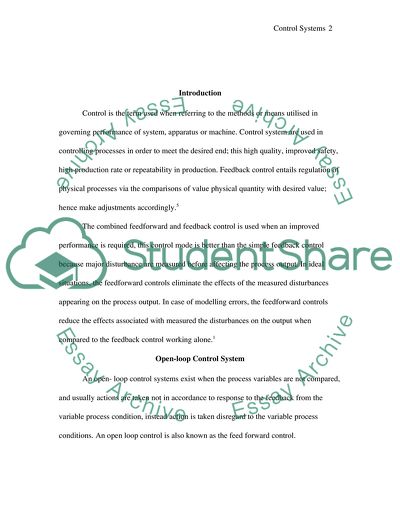Cite this document
(Chemical Engineering Advance Process Control Coursework, n.d.)
Chemical Engineering Advance Process Control Coursework. Retrieved from https://studentshare.org/engineering-and-construction/1875015-chemical-engineering-advance-process-control
Chemical Engineering Advance Process Control Coursework. Retrieved from https://studentshare.org/engineering-and-construction/1875015-chemical-engineering-advance-process-control
(Chemical Engineering Advance Process Control Coursework)
Chemical Engineering Advance Process Control Coursework. https://studentshare.org/engineering-and-construction/1875015-chemical-engineering-advance-process-control.
Chemical Engineering Advance Process Control Coursework. https://studentshare.org/engineering-and-construction/1875015-chemical-engineering-advance-process-control.
“Chemical Engineering Advance Process Control Coursework”, n.d. https://studentshare.org/engineering-and-construction/1875015-chemical-engineering-advance-process-control.


